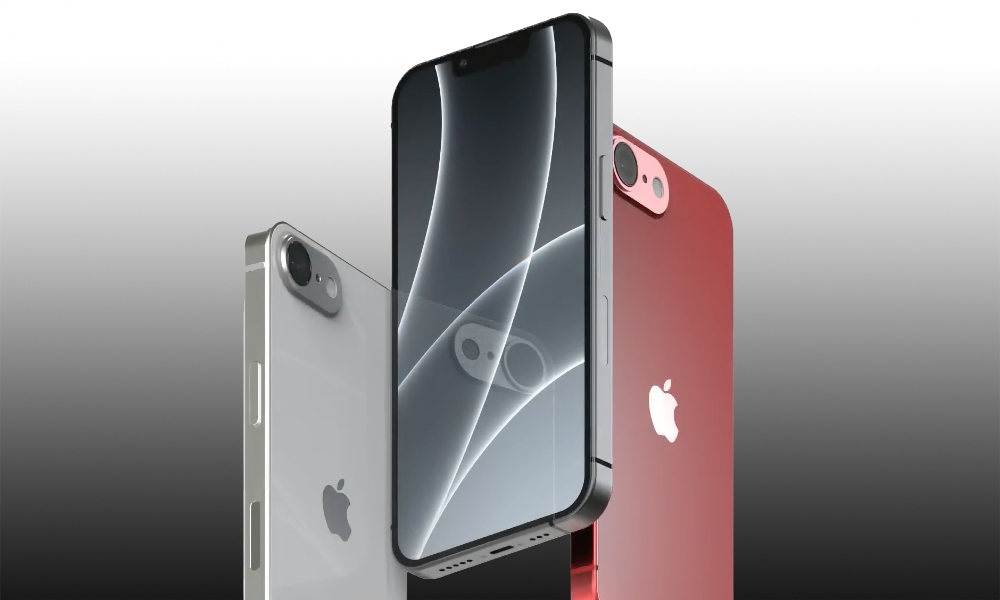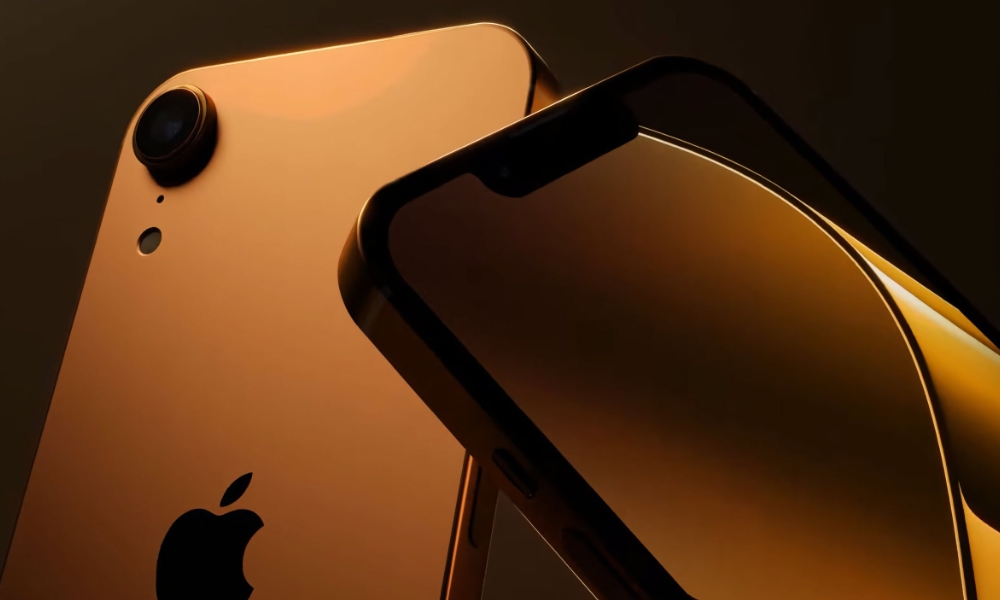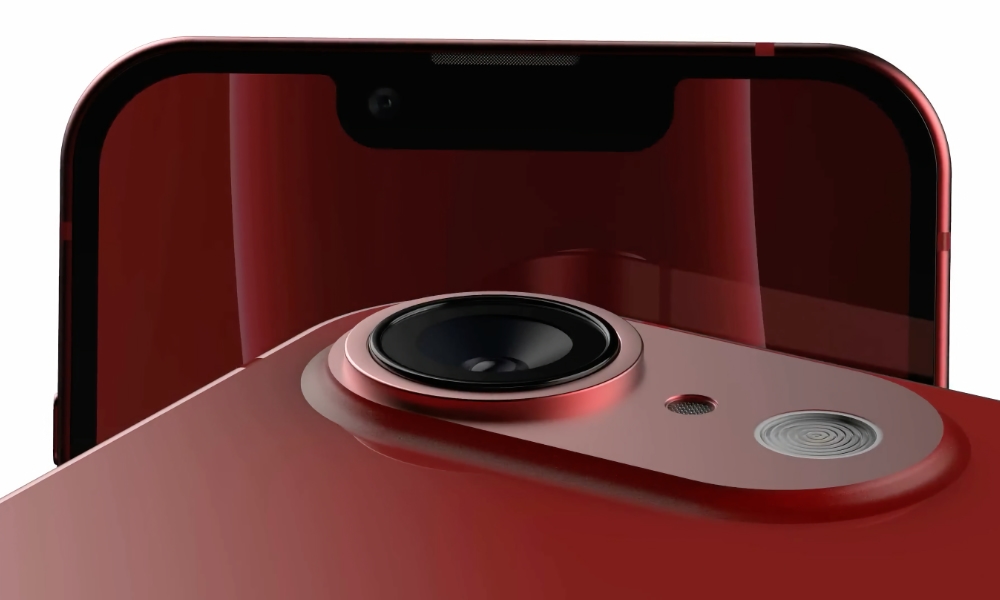How Much Will the ‘iPhone SE 4’ Cost?

While Apple has a wealth of fun new products to share each year, many of those, like its flagship iPhone lineup, tend to come later. However, early 2025 could be more exciting than most years, particularly with reports that Apple will release the next generation of its wallet-friendly iPhone SE 4 with some pretty exciting improvements. The only question is: How much will all these new features cost?
After years of sticking with the classic iPhone design with bezels and a front-facing home button, the iPhone SE is expected to grow up and join the rest of the lineup with a full edge-to-edge display. By all reports, it will be based on the iPhone 14, which isn’t too far-fetched, considering that the first two generations of iPhone SE had similar design relationships to Apple’s 2.5-year-old flagships.
The original 2016 iPhone SE followed the 2013 iPhone 5s, and the 2020 iPhone SE mirrored the 2017 iPhone 8. The 2022 iPhone SE was an aberration as it could arguably be called a “mid-cycle” release, showing up after only two years to add 5G to the mix. By convention, it should have adopted the 2019 iPhone 11 design, but Apple wasn’t quite ready to do that; instead, it stuck with the 2020 iPhone 8 style and adopted the then-current A15 chip from the iPhone 13 series.
Still, now that more than five years will have passed since the last iPhone SE redesign, it’s time for another change, and seeing the 2025 iPhone SE go with the 2022 iPhone 14 seems to be right in line with what Apple has done in the past. However, that iPhone SE won’t just reflect the physical design of the iPhone 14; Apple reportedly plans to embrace nearly everything from the era, including an OLED display and Face ID.

That’ll be a nice upgrade, considering many had long suspected Apple would go with a side-button Touch ID sensor similar to those used on its non-Pro iPads. However, it looks like the company is ready to go all-in on Face ID; if all the reports are accurate, Apple won’t be selling a single iPhone with Touch ID six months from now.
While the ‘iPhone SE 4’ may seem a little odd next to the actual iPhone 14, which Apple will still be selling until at least next fall, it will still lack the more sophisticated camera system of Apple’s 2022 model. Expect a single camera, but one that’s likely to be significantly more advanced. Apple is reportedly bringing the 48MP camera from its iPhone 15 and iPhone 16 to the next-generation iPhone SE — and will undoubtedly use that to justify a single-camera design in an era when most of its similarly-priced Android rivals sport two or more lenses.

The iPhone SE 4 is also expected to feature Apple’s latest A-series chips — an A18 in this case. That shouldn’t come as a big surprise, as it’s been the norm for every past iPhone SE model to use the same silicon in Apple’s most recent flagships. However, Apple will also likely put 8 GB of RAM inside to ensure support for the latest Apple Intelligence features.
The other difference between the iPhone 14 and the iPhone SE 4 will be the port on the bottom. There’s no way Apple will use a Lightning port, so the iPhone SE 4 will be all-in on USB-C like the rest of Apple’s iPhone lineup. That will be especially significant in the European Union, where Apple has recently been forced to pull its Lightning-equipped iPhones from sale. Until the iPhone SE 4 is released, the most affordable iPhone you can buy in the EU is now an iPhone 15, which sells for as much as 879 Euros. That’s considerably more than the 2022 iPhone SE, which was on the market for only 549 Euros until last week.
The open question is whether the 2025 iPhone SE will be able to hit that same price point. The current iPhone SE starts at $429 for 64 GB, with 128 GB and 256 GB configurations available for $479 and $579, respectively. Over the summer, some reports suggested the iPhone SE 4 could hit a $500 starting price, with the base model starting at $499 or even $549.
That higher price would likely come with more storage, as 64 GB is pretty paltry by today’s standards. While Apple has traditionally doubled storage at the same price points, it could use a bump to 128 GB alongside the other improvements to justify a higher starting price. The 2022 iPhone SE saw a $30 bump to $429, leaving Apple’s traditional $399 price tag behind. That increase was likely driven on by the addition of 5G support — and the price Apple pays to use Qualcomm’s chips.
However, there’s a good chance the iPhone SE 4 will be among the first to use Apple’s new in-house 5G chip. While there are certainly some costs wrapped into the development of that chip, those can be spread out across all the devices that will eventually use that chip. This could help Apple keep its costs down and avoid too much of a price increase.
Several sources have said that Apple is working hard to keep the iPhone SE priced below $500, but it’s important to remember that $499 would still technically put it there. While it will have several benefits over the 2022 iPhone 14, which Apple still sells for $599, Apple likely still wants to maintain the perception of it as an entry-level device, which suggests that it will work hard to keep as much of a price difference there as possible.
On the other hand, Apple could also use the release of the iPhone SE 4 as an opportunity to discontinue the iPhone 14 earlier than usual, eliminating the last of its Lightning iPhones globally and simplifying its overall lineup. After all, selling the two-year-old models made sense when the iPhone SE was the oddball, but the iPhone 14 becomes a very hard sell against an iPhone SE that matches it design with a better single camera, USB-C port, and Apple Intelligence.







